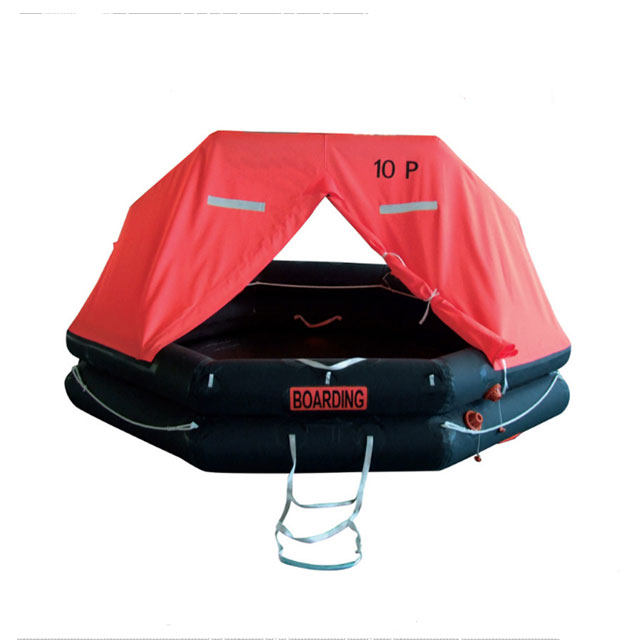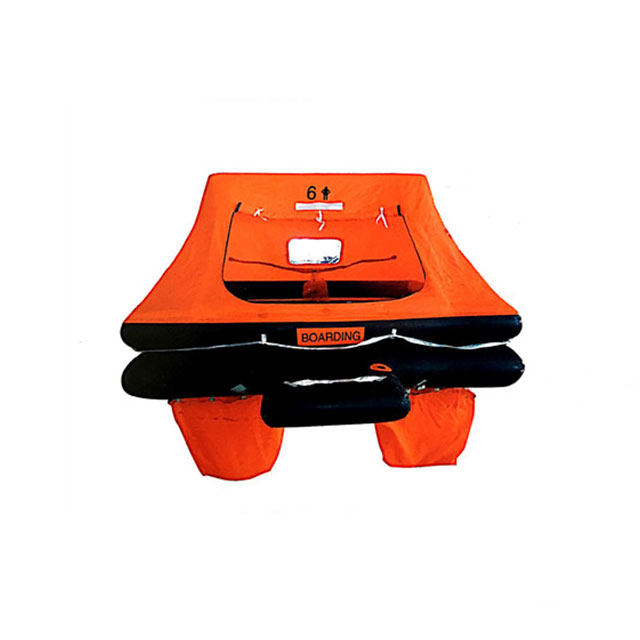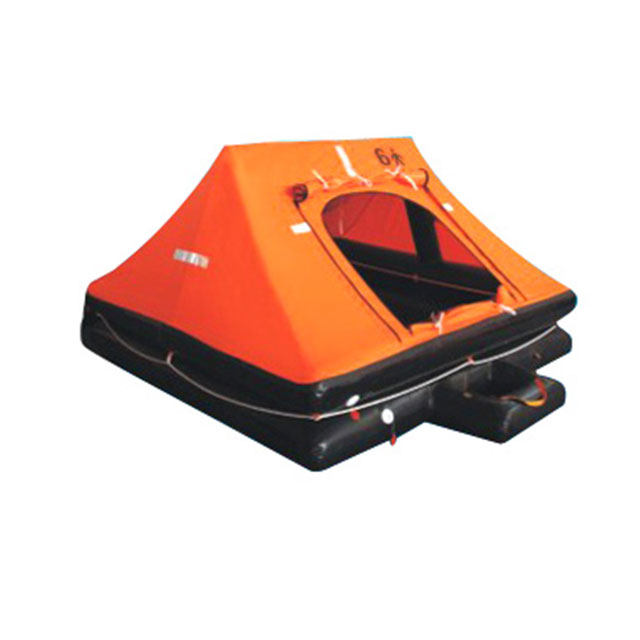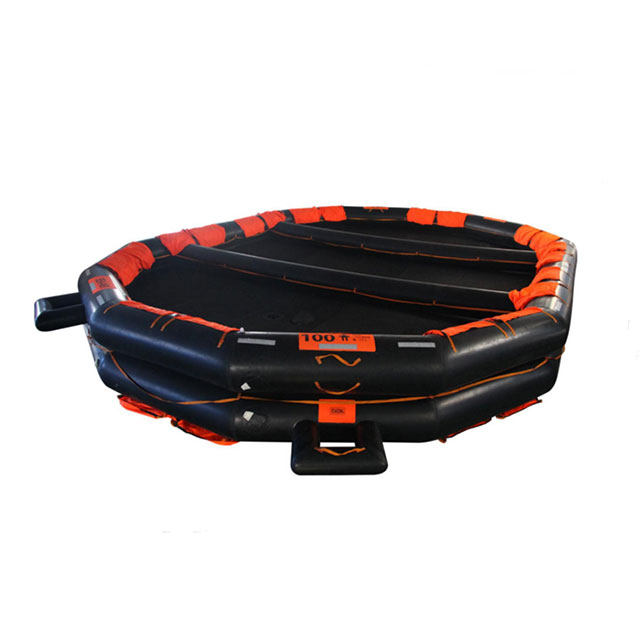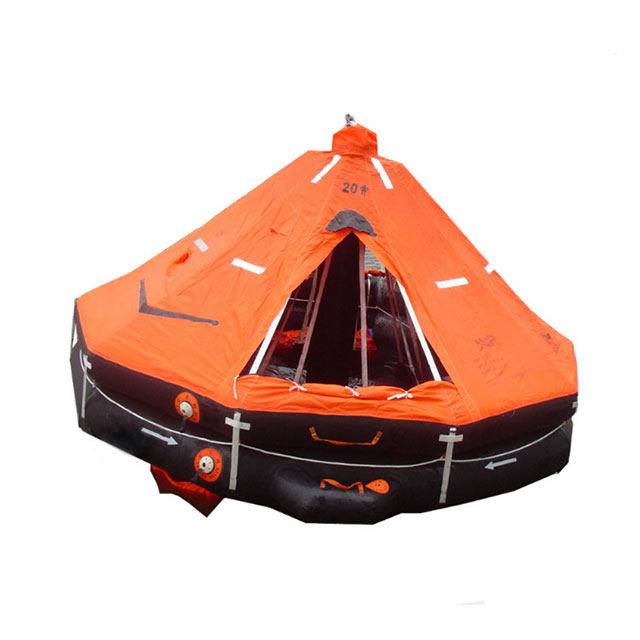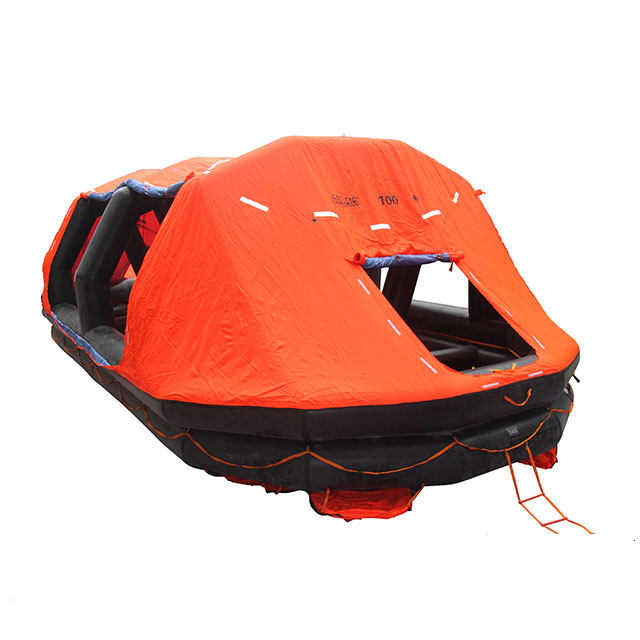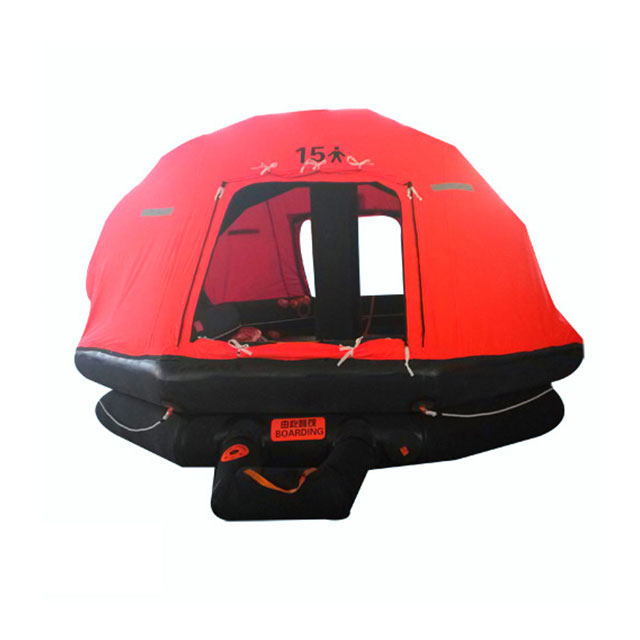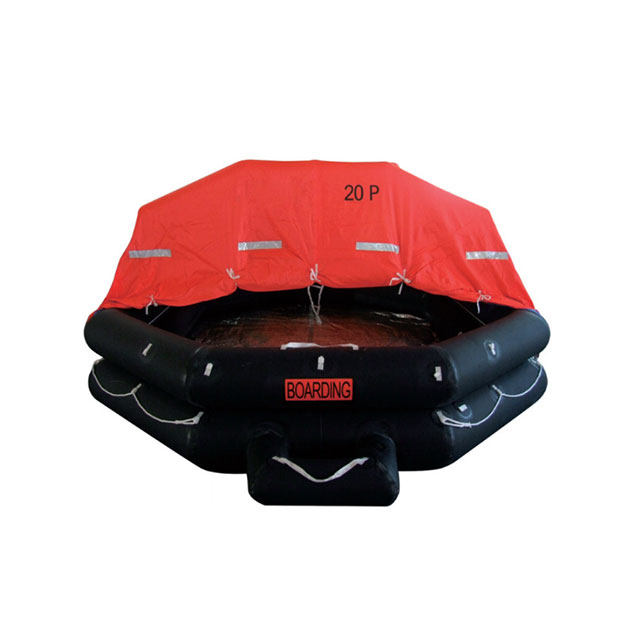What are Innovative Inflation Technologies in Inflatable Life Rafts for Rapid Deployment
Inflatable life rafts provide rapid deployment and reliability during emergencies. As the demand for enhanced safety and efficiency grows, advancements in inflation technology play a critical role in ensuring these life-saving devices are deployed promptly and effectively. This article explores the latest innovations in inflation technology designed to accelerate the deployment of inflatable life rafts, highlighting their benefits and implications for maritime safety.
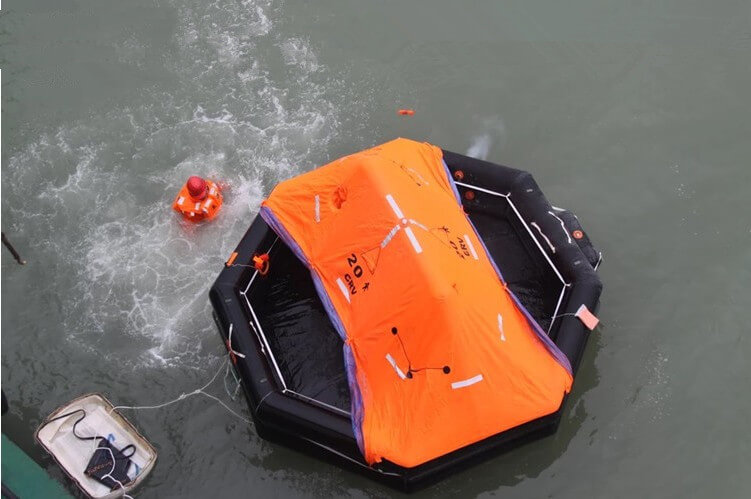
Table of Contents
What are Inflatable Life Rafts
Inflatable life rafts are portable, lightweight flotation devices designed for emergency situations at sea. Typically used on ships, boats, and offshore platforms, these life rafts are compact when stored but can be quickly inflated to provide buoyancy and safety in case of a disaster, such as a sinking or capsizing. They are equipped with essential survival equipment like food, water, and signaling devices. Inflatable life rafts are crucial for ensuring the survival of individuals stranded at sea, offering protection and stability until rescue operations are carried out.
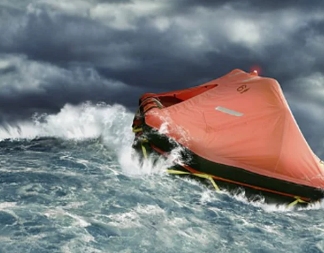
The Importance of Inflation Technologies for Rapid Deployment of Inflatable Life Rafts
1. Rapid Deployment in Emergency Situations
Maritime emergencies such as ship collisions, capsizing, or fires demand immediate evacuation. Modern inflation technologies play a key role in ensuring that life rafts are fully operational within seconds. Most life rafts are equipped with compressed gas inflation systems, typically using carbon dioxide (CO2) or nitrogen, which rapidly fills the raft upon activation. This quick inflation mechanism ensures minimal delay in providing safety to passengers and crew.
Advanced systems also include automatic inflation triggered by hydrostatic release mechanisms. These systems activate when submerged to a certain depth, ensuring that life rafts deploy even if crew members cannot manually initiate inflation. This feature is especially crucial in scenarios where human response time is compromised.
2. Reliability in Harsh Conditions
The maritime environment poses significant challenges, including extreme weather, fluctuating temperatures, and high humidity. Inflation technologies must be designed to function flawlessly under these conditions. High-quality inflation valves, robust seals, and corrosion-resistant components ensure the reliability of life rafts, even after prolonged storage.
To address the risk of inflation failure, many systems incorporate redundancy. Dual-chamber inflation, for instance, ensures that if one chamber malfunctions, the other can still maintain buoyancy. This redundancy enhances the life raft’s overall reliability and provides added safety for occupants.
3. Compact and Lightweight Designs
One of the critical advantages of modern inflation technologies is their ability to support compact and lightweight designs. Inflatable life rafts can be stored in compact canisters or containers, saving valuable space aboard vessels. The lightweight design ensures that rafts can be easily handled and deployed by crew members, even in high-pressure situations.
The integration of compact inflation systems also enables the inclusion of additional safety features, such as survival kits and emergency beacons, without significantly increasing the weight or size of the life raft package.
4. Energy Efficiency and Sustainability
Modern advancements in inflation technologies have also focused on improving energy efficiency and sustainability. For example, newer systems use environmentally friendly gas mixtures and recyclable materials for inflation components. These innovations reduce the environmental impact of life raft manufacturing and deployment while maintaining high safety standards.
Additionally, technologies such as electric inflation pumps are being explored to complement traditional compressed gas systems, offering more control over inflation and reducing the reliance on chemical propellants.
5. Enhanced Safety Features
Inflation technologies also contribute to the integration of advanced safety features in life rafts. Pressure sensors and automatic regulators ensure that the rafts are inflated to optimal levels, preventing overinflation or underinflation. These systems are designed to adapt to different environmental conditions, such as temperature changes that could affect gas expansion.
Some life rafts are now equipped with self-righting capabilities, enabled by strategically placed inflation chambers. These rafts automatically orient themselves upright, providing immediate safety and stability to occupants, even in turbulent waters.
6. Testing and Compliance
To ensure the effectiveness of inflation technologies, life rafts undergo rigorous testing and must comply with international safety standards such as the International Convention for the Safety of Life at Sea (SOLAS). Regular maintenance and inspection of inflation systems are also essential to ensure their functionality during emergencies. Advanced diagnostic tools are now available to assess the condition of inflation components without requiring full disassembly, streamlining the maintenance process.
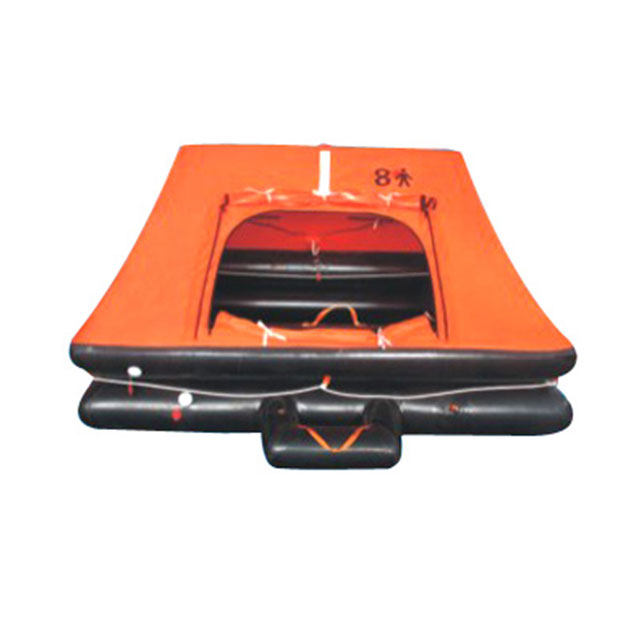
Key Innovations in Inflation Technologies of Inflatable Life Rafts for Rapid Deployment
1. Smart Inflation Valves for Precision and Speed
Smart inflation valves are advanced systems designed to optimize the inflation process of inflatable life rafts by ensuring precision and speed. These valves regulate the release of compressed gas based on pre-set parameters, preventing overinflation or underinflation. Equipped with sensors, they can adapt to varying environmental conditions, such as temperature and pressure, ensuring reliable performance in emergencies. The incorporation of smart valves enhances deployment efficiency, reduces response times, and provides consistent inflation, making them a critical innovation for maritime safety and rapid emergency response.
2. Hybrid Gas Systems for Enhanced Efficiency
Hybrid gas systems combine multiple gases, such as carbon dioxide (CO₂) and nitrogen, to achieve more efficient and reliable inflation of life rafts. This innovation ensures optimal performance across a wide range of temperatures, overcoming challenges faced by single-gas systems in extreme cold or heat. The mixture allows for faster inflation while maintaining consistent pressure, improving deployment speed and buoyancy. Hybrid gas systems enhance safety, durability, and efficiency, making them a key advancement in modern maritime emergency equipment.
3. Automatic Activation Triggers
Automatic activation triggers are advanced mechanisms that ensure life rafts deploy without manual intervention during emergencies. Typically utilizing hydrostatic or pressure-based systems, these triggers activate inflation when submerged to a specific depth or exposed to water. Designed for reliability, they reduce human error and ensure rapid deployment even in critical situations where crew members may be incapacitated. Automatic activation triggers enhance safety and efficiency, making them a vital feature in modern inflatable life rafts.
4. High-Pressure Cylinders and Rapid Release Valves
High-pressure cylinders and rapid release valves are key components of modern life raft inflation systems, designed for speed and reliability. The cylinders store compressed gases, such as CO₂ or nitrogen, at high pressure, ensuring sufficient volume for rapid inflation. Paired with advanced rapid release valves, these systems enable controlled, high-speed gas discharge, ensuring life rafts are fully inflated in seconds. This combination provides efficient deployment in emergencies, even under challenging conditions, enhancing overall safety and preparedness.
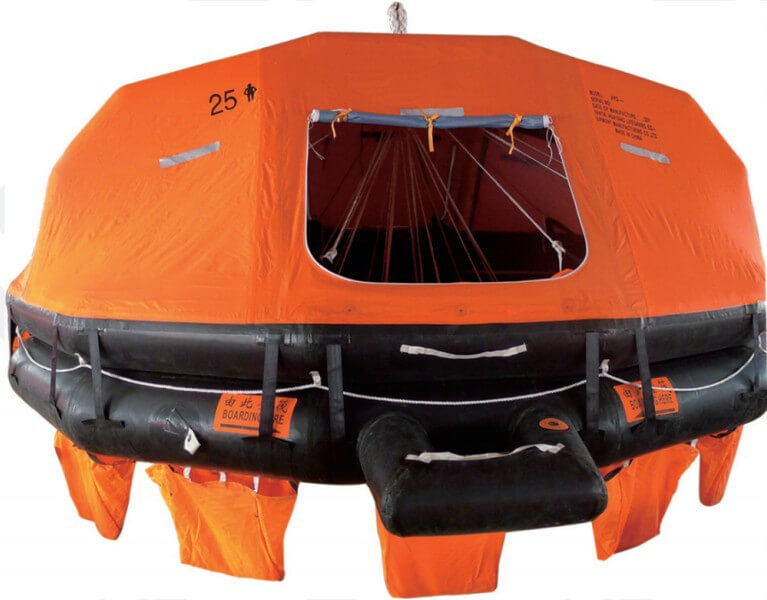
5. Eco-Friendly Inflation Solutions
Eco-friendly inflation solutions focus on reducing the environmental impact of inflatable life raft systems by using sustainable materials and alternative gases. Instead of traditional CO₂, some systems now utilize environmentally friendly gases such as helium or air mixtures that are non-toxic and have a lower environmental footprint. Additionally, innovations in biodegradable materials for the raft and inflation components further contribute to sustainability. These solutions ensure that safety equipment meets modern environmental standards while still providing the reliability and speed needed for rapid deployment in emergencies.
6. Integration with Digital Technologies
The integration of digital technologies into inflation systems for inflatable life rafts represents a significant leap in safety and performance. Advanced sensors, real-time monitoring, and smart valves are incorporated into the inflation mechanism, providing precise control over gas release and pressure levels. Digital technologies can also track the condition of inflation systems, providing alerts for maintenance or testing needs. Furthermore, data from these systems can be integrated into broader shipboard safety networks, enhancing situational awareness and ensuring rapid response during emergencies. This integration improves reliability, efficiency, and overall safety in maritime environments.
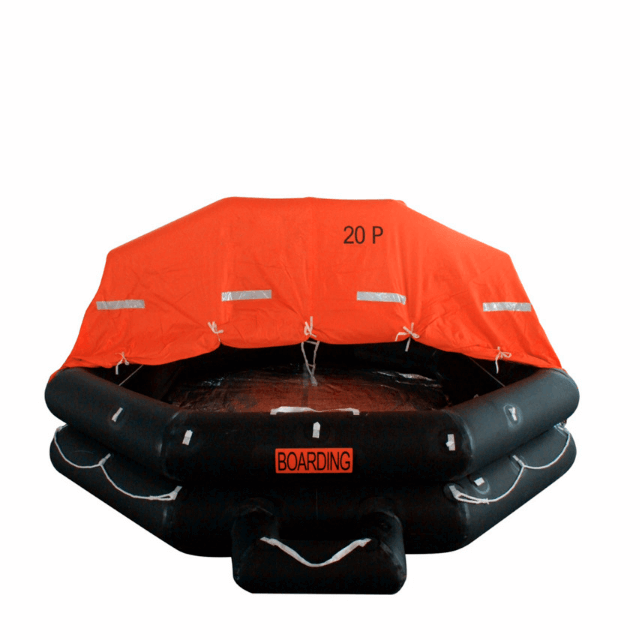
Challenges and Future Directions in Inflation Technologies of Inflatable Life Rafts for Rapid Deployment
This chart highlights the challenges faced in current inflatable life raft technologies and outlines potential directions to improve deployment speed, reliability, and sustainability.
| Aspect | Challenges | Future Directions |
| Cost | High costs of advanced inflation systems limit accessibility. | Develop cost-effective solutions through scalable manufacturing and optimized design. |
| Maintenance | Complex systems require frequent inspections and specialized knowledge for upkeep. | Introduce self-diagnostic and predictive maintenance features to automate system checks. |
| Environmental Impact | Use of CO₂ and non-biodegradable materials poses ecological concerns. | Transition to eco-friendly gases and materials that reduce environmental harm. |
| Standardization | Lack of globally harmonized regulations hinders widespread adoption of new technologies. | Establish international standards for compatibility and acceptance of innovative systems. |
| Reliability in Harsh Conditions | Mechanical failures under extreme weather or pressure conditions. | Employ durable materials and robust engineering to enhance the reliability of life rafts in diverse maritime environments. |
| Deployment Speed | Inconsistent inflation times due to environmental variables. | Use AI and smart inflation valves to adapt and optimize deployment speed in real-time. |
| Weight and Portability | Larger gas storage increases weight, affecting portability. | Innovate lightweight, high-capacity gas storage solutions without compromising performance. |
| Energy Requirements | Dependence on power for electronic systems creates vulnerabilities during extended emergencies. | Design low-power, energy-efficient electronic components to ensure reliable operation in all conditions. |
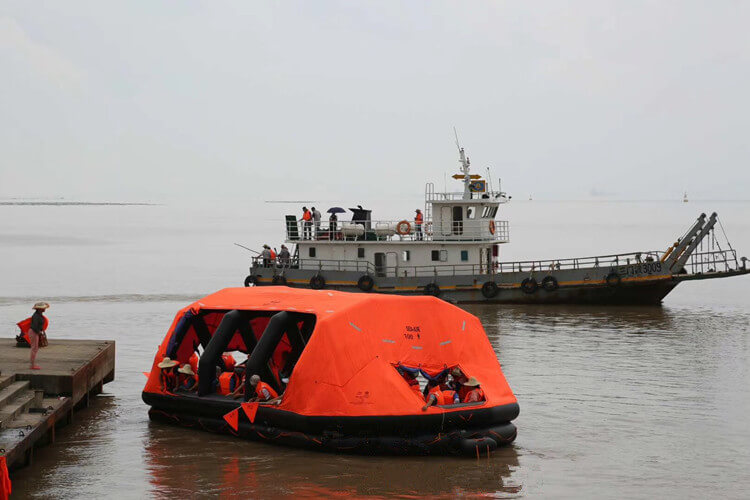
Final Thoughts
Innovations in inflation technology provide critical advantages in emergency scenarios, ensuring that inflatable life rafts are deployed quickly and effectively. As technology continues to advance, the maritime industry can look forward to even more robust and efficient solutions, safeguarding lives at sea.


